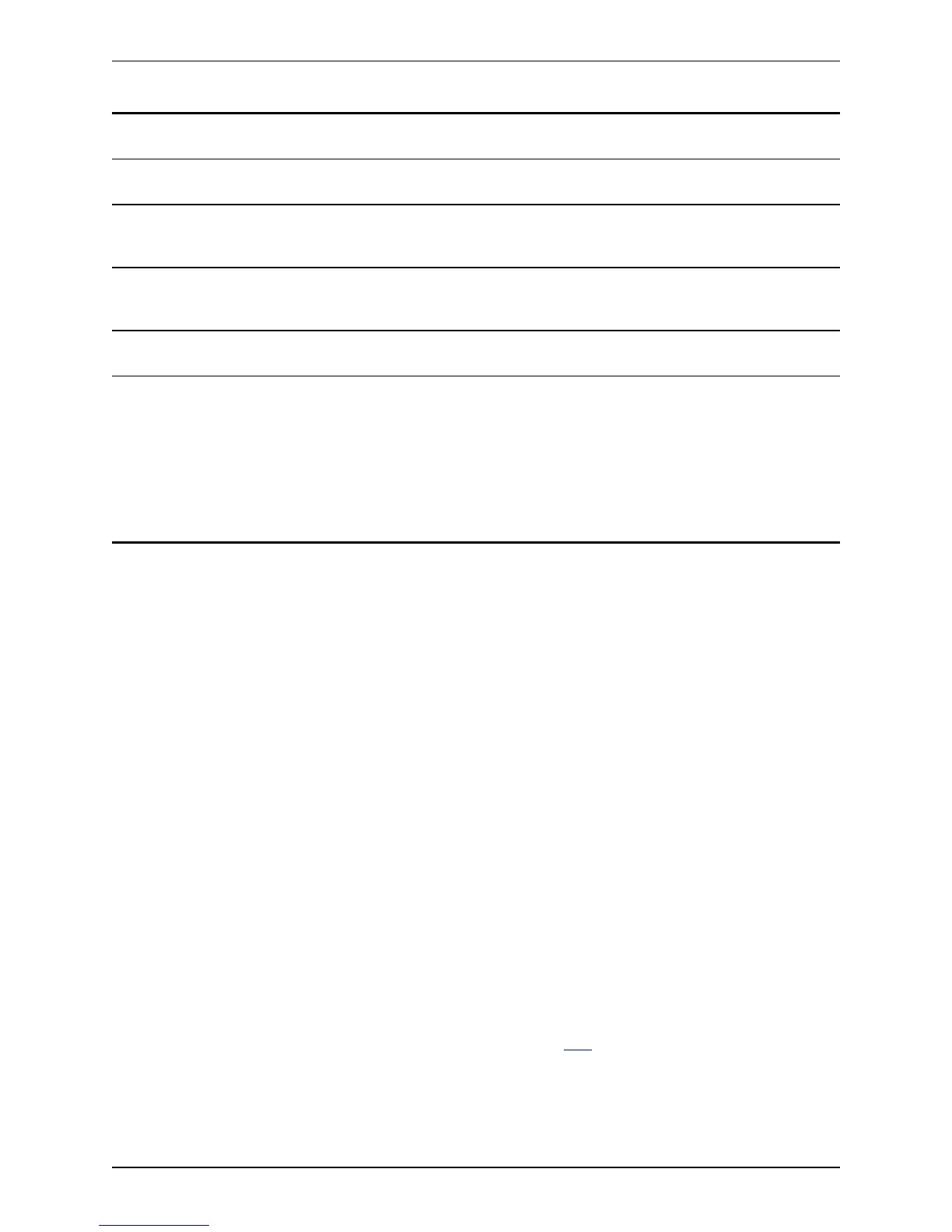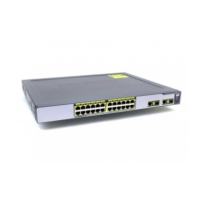Clear = "yes" |
"no"
Specifies whether to clear the current location set before adding the new location. The
default is to append this location to the end of the set.
url=string
The new location to be added to the location set. The given string can specify a URL
(for example, user@domain.com), H.323 ID or an E.164 number.
priority=<0.0..1.0>
| "random"
Specified either as a floating point number in the range 0.0 to 1.0, or random, which
assigns a random number within the same range. 1.0 is the highest priority. Locations
with the same priority are searched in parallel.
regex="<regular
expression>"
replace="<string>"
Specifies the way in which a location matching the regular expression is to be
changed.
source-url-for-
message="<string>"
Replaces the From header (source alias) with the specified string. Note that this will
override any User Policy that may have been applied.
source-url-for-
message-
regex="<regular
expression>"
together with
source-url-for-
message-
replace="<string>"
Replaces any From header (source alias) that matches the regular expression with the
specified replacement string. If there are multiple From headers (applies to H.323 only)
then any From headers that do not match are left unchanged. Note that this will
override any User Policy that may have been applied.
If the source URL of a From header is modified, any corresponding display name is also modified to match
the username part of the modified source URL.
rule-switch
This extension to CPL is provided to simplify Call Policy scripts that need to make decisions based on both
the source and destination of the call. A taa:rule-switch can contain any number of rules that are tested
in sequence; as soon as a match is found the CPL within that rule element is executed.
Each rule must take one of the following forms:
<taa:rule-switch>
<taa:rule origin="<regular expression>" destination="<regular expression>" message-rege
x="<regular expression>">
<taa:rule authenticated-origin="<regular expression>" destination="<regular expressio
n>" message-regex="<regular expression>">
<taa:rule unauthenticated-origin="<regular expression>" destination="<regular expressio
n>" message-regex="<regular expression>">
<taa:rule registered-origin="<regular expression>" destination="<regular expression>" m
essage-regex="<regular expression>">
<taa:rule originating-user="<regular expression>" destination="<regular expression>" me
ssage-regex="<regular expression>">
<taa:rule originating-zone="<regular expression>" destination="<regular expression>" me
ssage-regex="<regular expression>">
</taa:rule-switch>
The meaning of the various origin selectors is as described in the field section.
The message-regex parameter allows a regular expression to be matched against the entire incoming SIP
message.
Note that any rule containing a message-regex parameter will never match an H.323 call.
Cisco VCS Administrator Guide (X8.1.1) Page 369 of 507
Reference material
CPL reference

